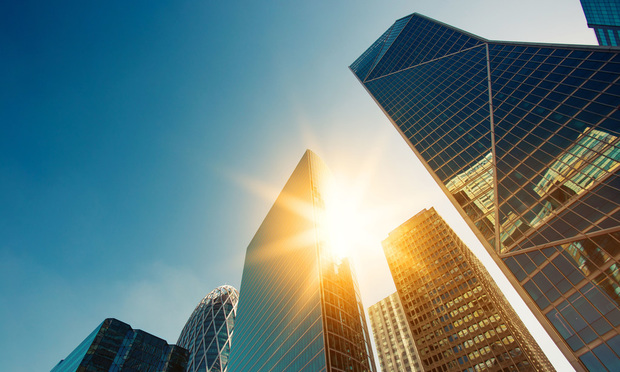Employers are facing a challenge: Enticing their employees to return to the office after the coronavirus has passed – especially in central business districts.
To achieve this goal, Laura Ford, an executive vice-president for Colliers International, said in a new report that employers should encourage employee requests for flexibility and well-designed office buildings will be best equipped to achieve this aim.
“For any new construction projects,” Ford said, “I recommend rooftop deck amenities, operable windows, and high-quality air filtration systems, so that people feel safe and have somewhere to go.”
For instance, in cities like Seattle and Bellevue, these investments give young workers a social outlet outside of their cramped, expensive living situation. Younger workers can receive more direct and informal mentorship from executives.
Micelle Cleverdon, an executive vice-president for Colliers International, said employers could not rely alone on the physical structure. Smart building technologies were gaining traction before the coronavirus pandemic. These technologies will be just as important post coronavirus to improve productivity and effectiveness within the organization.
“We will continue to see innovation in being able to support and enhance employees’ ability to do their best work as safely as possible,” Cleverdon said. “The goal will be to achieve digital experiences that are intuitive, seamless, wireless, integrative, as well as those that remove friction in how work gets done.”
The new Colliers International special report also predicted that there would be more social changes than building changes following the coronavirus. Employers will have to be more flexible about how their employees should do their work, such as allowing employees to work from home as long as productivity does not decrease.
Jeff Jeremiah, an associate vice-president at Colliers International, said a trend in the last couple of years for “secure-access amenities for large occupiers” will likely continue. For developers looking to start construction, they should take note of the recent trend when designing their new buildings.
“Companies want to have control of the environment their staff interact with, from parking a car in the building garage to the elevator banks to their desk,” Jeremiah said.
That means decreasing the interaction with guests and potential retail uses.
“Those actions will make a more controlled environment to protect against wandering people, intellectual property theft, and now, the coronavirus,” Jeremiah said. “Overall, limiting the amount of people who inhabit an area will make everyone who does inhabit the area safer.”
